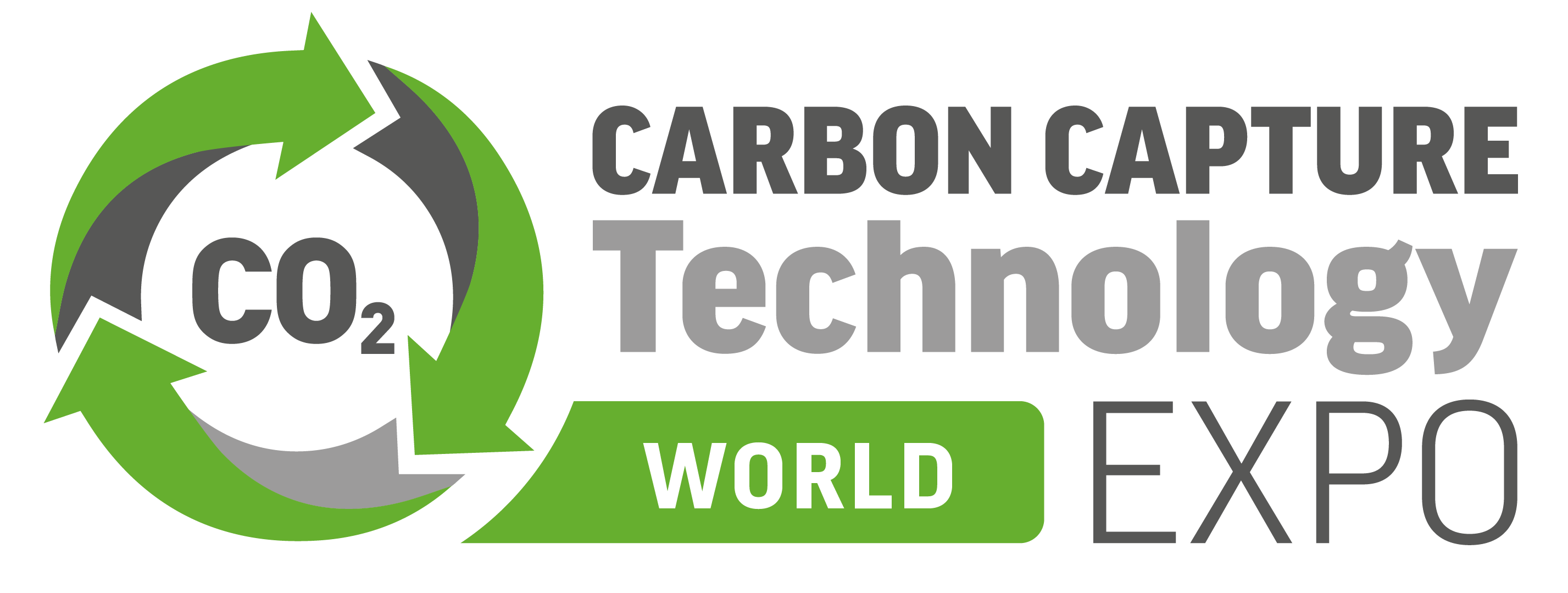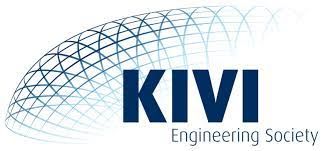Smart management of hydrogen BOG across the large-scale (>100s TPD) liquid hydrogen supply chain
In the context of the Energy Transition, novel energy storage and supply technologies are developed and commercialized to enable global utilization of renewable and low-carbon energy sources. Hydrogen (H2) is widely considered to be a credible energy vector to manage renewable power intermittency, fuel hard-to-electrify modes of transportation, and supply energy globally and at scale.
To successfully commercialize H2-based energy supply chains, whether in pure form (e.g., as compressed gas or liquefied) or chemically converted (e.g., ammonia, Power-to-X fuels or LOHC), industry players must balance several aspects across the integrated supply chain, while achieving a levelized cost of H2 low enough to become viable in the global energy market and compete with conventional fossil and bio-based energy or fuels. These aspects include e.g., overall exergy efficiency and carbon intensity, adherence to regulations/codes/standards, product quality, safety and environmental risk profile, and reliability of supply.
Liquefied hydrogen (LH2) is promising as an option for large-scale (> 100s tons per day) global and regional energy supply. A key aspect in realizing this promise is smart cross-supply chain integration. This presentation specifically illustrates this by looking at H2 boil-off gas (BOG) management. Poor BOG management yields higher H2 losses, which impacts the LH2 levelized cost, carbon intensity, and may increase process safety risks. Herein, various strategies developed in academia and industry are discussed to 1) minimize BOG formation, 2) reprocess BOG in the hydrogen liquefier, and/or 3) seek beneficial BOG utilization within the wider supply chain. It will compare benefits and drawbacks of several of these strategies and argue that an optimized LH2 supply chain may need to comprise several BOG-handling strategies depending on its overall targets and requirements.




)
)
)
)
)
)
)
)
)
)
)
)
)
)
)
)
)
)
)
)
)
)
)
)
)
)
)
)
)
)
)
)
)
)
)
)
)
)
)
)
)
)
)
)
)
)
)
)
)
)
)
)
)

)
)

)
)
)
)
)
)
)
)
)
)


)
)
)
)
)
)

)
)

)
)
)
)
)
)
)
)

)
)
)

)
)
)
)
)
)
)
)
)


)
)
)

